Plan ahead for your trip by checking the eight major nationwide holidays and booking restaurants in advance. During these times, places fill up quickly, so reserve seats and consider off-peak hours to spend your time more comfortably. If you travel with family or friends, you will find that such periods are accompanied by special menus and early closing hours.
Currently, many offices close for several days around key dates, and russians use these breaks to visit relatives, go sightseeing, or just rest. The days off last several days, so trains and flights may be fully booked a month ahead. If you plan to explore cities, aim for the days just before or after the peak to avoid crowds and still enjoy cultural programs like concerts and museums.
To get the most from your trip, learn the schedule of the eight major holidays and map your stay accordingly. Some museums and shops operate on holiday hours, while others shut completely. Rights of workers are protected by law, but employers may grant extra time off, so maybe you can split a break between peak celebration days and quieter days for sightseeing.
In practice, eight major holidays shape city life: New Year, Defender of the Fatherland Day, International Women’s Day, May Day, Victory Day, Russia Day, Unity Day, and Orthodox Christmas are the anchors. If you visit today or in the weeks around them, you’ll see parades, concerts, and street markets that are accompanied by crowds and a festive mood. In winter, a lot of rivers and reservoirs are frozen, while in spring a green renewal brings outdoor events, food stalls, and open-air performances. Maybe you will catch a traditional resurrection of old customs or a modern display in major cities. Presidents often publish holiday calendars well in advance, clarifying when rights of workers apply and when public offices close. The schedule is sometimes adjusted to avoid clashes with weekends; always double-check official sources today.
Russia Day (12 June) and Other National Holidays
Plan to attend Russia Day on 12 June with your parents and kids. The best place to feel the mood is the centre of the city, where public ceremonies begin early and a formal salute rings out. Doing this with kids helps you keep them engaged and the crowd turn toward celebration as flags rise and brass bands play. Without rushing, join the performances and watch how locals decorate streets and squares; from the windows of nearby buildings you can see banners and flags turning the space into a national stage. Therefore plan to arrive early to secure a good view and take photos with your family.
Since 1990, Russia Day has been marked with flag raisings, concerts, and ceremonies across cities. This celebration grew from the 1990 decision, followed by nationwide programs and updated dates for regional events. The main events in Moscow and other capitals run from morning to evening; in many towns volunteers help with parades and street food, while some districts host parties that celebrate local culture. Despite weather, crowds fill squares and riverside promenades, and the national salute is performed from public stages. The day acknowledges russians, and the commitment of workers and veterans, with speeches that reflect the historical decision that shaped modern Russia. Across regions, russians unite to watch the salute and sing along.
Other national holidays follow a similar pattern of public events and family traditions. Defender of the Fatherland Day on 23 February centers on veterans and military displays; International Women’s Day on 8 March involves family gatherings and city parades; Spring and Labour Day on 1 May gathers workers at factories and squares. Victory Day on 9 May remains the most solemn, with wreath-laying ceremonies, church bells, and large parades. Some regions still decorate local churches and town halls, others host music festivals and fairs in the centre. Zetkin-inspired exhibits in museums trace workers’ history, reminding visitors of how social movements shaped policy. Visitors should treat these rituals seriously. In some places you may see santa displays in winter-themed venues, reflecting a broader culture while these holidays highlight national memory.
Origins and Significance of Russia Day
Plan a public outing on June 12 to participate in Russia Day celebrations, meeting neighbors in green parks and enjoying family-friendly activities.
The origins lie in the 1990 Declaration of State Sovereignty of the RSFSR, a turning point that set a new course for Russia’s development. The declaration marked a shift toward greater autonomy and responsibility, and it sparked public interest in history and civic life. Several regional observances emerged in the early 1990s, and the day gradually gained nationwide status, marking its importance as a non-working holiday on June 12. In historical terms, the shift from the Julian calendar to the Gregorian system affected some earlier dates, but the modern celebration centers on June 12 each year.
Currently, Russia Day celebrates unity and the growth of civil society. It invites families to engage with museums, libraries, and university campuses where lectures and exhibitions connect past dates with present realities. The day emphasizes accessible experiences: open days at cultural venues, flag-raisings, and concerts that attract people of all ages. There are opportunities to meet neighbors and learn about local history, something that many families cherish as a chance to discuss national identity with their younger members and to understand how the country arrived at its current course.
Practical tips: check regional calendars for several events; plan to arrive early to secure good spots for family-friendly demonstrations. Non-working days allow families to travel into city centers and spend the day safely. Bring snacks and a blanket for a park picnic; many towns organize green zones with games for younger children. klara, a university student, and moroz will join their families in a central square, where they plan to meet friends and share stories about how Russia Day reflects the nation’s path. a guide named julian will help explain the significance of each exhibit, linking dates to the modern life of residents and showing how people mark the day across neighborhoods. During these gatherings, the day becomes something more than a holiday; it becomes a bonding moment for families to celebrate together.
When Russia Day is Celebrated and Official Observances
Attend the flag-raising ceremony and the official Kremlin concert on June 12; the day starts the nationwide observances and sets the calendar for organized celebrations.
Public observances largely center on state-led events: a dawn flag-raising, addresses by presidents, and ceremonies that recognize soldiers; there are regional variations, and just note that dates and times vary by region.
Cities and towns organize a festival and parties; on many dates, broadcasts reach homes and communities across the country, well attended by residents.
Russia Day started in the early 1990s as a celebration of sovereignty and became a nationwide holiday. The fall of 1991 shaped the political landscape that allowed such observances to become widespread. During World War II, soldiers fought nazi forces, and the memory fuels national pride. Broadcasts of parades and official ceremonies reach a wide audience, with a million viewers at peak moments.
Some regions include faith-based elements with mass or prayers, while others emphasize cultural programming. Some participants observe fasting as part of personal practice, while giving and shared meals unite communities there. Mercifully, volunteers organize free meals and activities for visitors. In summer fairs, kids meet mascots and even a santa figure at booths; when the date falls on a weekday, official ceremonies still proceed and crowds gather there for park concerts and fireworks.
Typical Festivities, Parades, and Public Events
Plan to attend the Moscow Victory Day parade on May 9 for a quintessential experience. The event replaces the ordinary day-off routine for many families and ends with a grand fireworks show over the Kremlin.
Such celebrations spread across the country, from crowded city centers to quiet towns. Look for official timetables on city portals; the town list of programs helps you map the weekend ahead. Even in smaller towns, you’ll find street concerts, markets, and family-friendly shows. Over the years, these events have grown and drawn larger crowds each year.
- Victory Day (May 9) – Moscow and regional centers stage military parades featuring paratroopers, armored units, and a ceremonial flyover. In Moscow, Red Square forms the stage with the kremlin as a distant backdrop. A million spectators line the route and millions more watch on TV. After the formal part, concerts fill the streets, veterans’ receptions take place, and street fairs showcase crafts and sweets. Families often exchange chocolates and small gifts; many workplaces grant a day-off, creating a long weekend.
- Defender of the Fatherland Day (February 23) – towns and cities organize wreath-laying ceremonies, small parades, and museum events. Younger cadets march, veterans speak, and local schools hold performances. The tag fatherland12 appears in online feeds as a playful marker; public transport runs on Sunday schedules, and shops stay open at reduced hours for the weekend.
- Russia Day (June 12) – nationwide celebrations culminate in concerts near the kremlin, fireworks over the river, and open-air fairs. In many places the city hosts a public list of venues with performances, crafts, and national foods; the day often falls on a saturday, drawing visitors from across the country.
- International Women’s Day (march 8) – plazas fill with flower stalls, street musicians, and family-friendly performances. Chocolates and small bouquets are common gifts; restaurants offer festive menus, and cities issue transport warnings ahead of crowds. For families with kids, there are kid zones and short shows that fit into a Saturday or Sunday plan.
- Maslenitsa (late February–early march) – in towns across the country, people celebrate the end of the fast with pancakes, outdoor fairs, and sleigh rides. During the fast, meat is limited; instead, vendors serve fish, dairy, and vegetarian options. You’ll find pancake stacks, music, and winter games; many places publish a public list of activities and timings.
The kremlin area remains the hub for the main parade, but smaller towns offer intimate ceremonies that capture local patriotism. To make the most of your visit, check official schedules, arrive early for a good view, and dress in layers for fluctuating spring weather. Maybe you’ll discover a pop-up concert or a street fair that makes the day memorable. Klara, a local resident, keeps a simple note on the best street-food stalls and kid-friendly corners–you can use that list to plan a family-friendly day.
Planning and Travel Tips for Russia Day
Book accommodation near city parks and squares to maximize access to Russia Day events and minimize transit time. If you look for a calm base, choose a hotel with easy metro access to central venues; this helps parents and your granddaughter move smoothly between activities and being together as a family.
In the month of June, particularly the 12th, expect singing on stages, ceremonies to honor history, and a wide range of family-friendly activities in parks and squares. For something special, check kid zones near the zetkin area and plan to return for the main performances in the afternoon.
Transit plan: use the metro and pedestrian routes, avoid driving into crowded centers, and notice posted detours or schedule changes on official pages. Pack water, snacks, sunscreen, and a light jacket; arrive early to secure a good spot. If some routes stopped or paused, be ready to switch to alternate lines and patiently wait for crowds to disperse. Seriously consider crowd flow when planning your next move.
Practical notes: if you notice crowds getting thick, doesnt derail your plan–return to a shaded cafe or park for a break and resume later. The event often features live music and moments to honor the nation; keep children close and use family zones where kids can join activities safely, and be mindful of your granddaughter’s comfort and safety. If you need a pause, look for a park corner with shade. If you decided to try a late-evening stroll, plan return by a lighter route.
Culture and context: Russia Day reflects united civic pride with historical memory. These holidays attract visitors from across the country. Some exhibits and performances reference the ussr era, while others highlight contemporary life and christianity in public ceremonies. Local singing, hospitality, and neighborly welcome create a warm atmosphere for parents, grandparents, and other relatives who travel together.
| Расположение | Recommended activity | Best time | Доступность |
|---|---|---|---|
| Park areas / central squares | Public performances, family spaces | Morning to early afternoon | Stroller-friendly, open layouts |
| zetkin area | Local markets, kids program | Late morning | Shaded seating, easier crowd flow |
| Museum districts | Quiet replays, exhibits | Afternoon | Air-conditioned options |
Work, School, and Transportation Considerations on Public Holidays
Plan ahead by checking the following town schedules for closures and altered transport, then adjust your work or study plans.
If a public holiday lands on a weekday, expect reduced hours at offices and schools; coming changes are announced by authorities, confirm exact timings with your institution, and plan travel accordingly until the holiday ends. Such adjustments are integral to keeping work, learning, and errands on track.
At work, confirm the shift window with your supervisor and ask about remote options if allowed; labour rules may offer flexible start times or paid leave. Create a fitting plan to cover critical tasks, with clear handover notes.
At school, notify teachers about absences, arrange care for dependents, and check whether makeup sessions are scheduled after the break. If a notice is referred to as a holiday window, follow it.
Transportation: review metro and bus timetables, consider leaving earlier, and anticipate crowding near centres where celebrations occur. From a practical theory of traffic flow, you can anticipate peak hours and adjust.
Public events can include fireworks and parades, often marking victories and town triumphs; crowds form from the city center to water features along the river, and traffic controls are set. For couples and families, lovers may plan meet-ups at designated corners.
From wwii narratives to modern commemorations, stories of courage are shared, and veterans may be congratulated by their communities; the memories remind residents of victory and resilience, and baptism of new customs appears in some towns.
On particular occasions, like the 25th, towns introduced new traditions; their marking of victory and community pride may influence traffic and queue lengths.

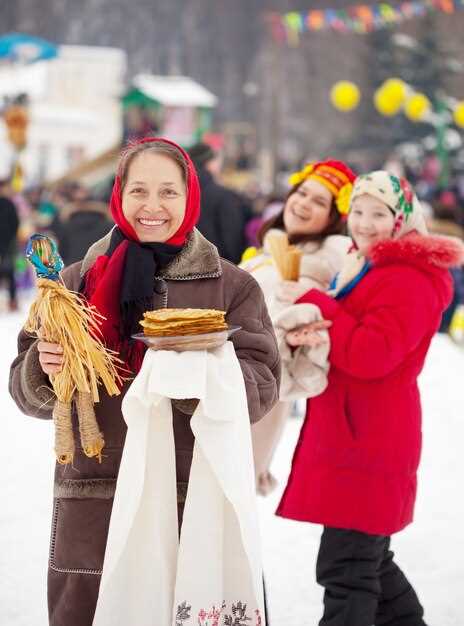 Public Holidays in Russia – A Complete Guide">
Public Holidays in Russia – A Complete Guide">
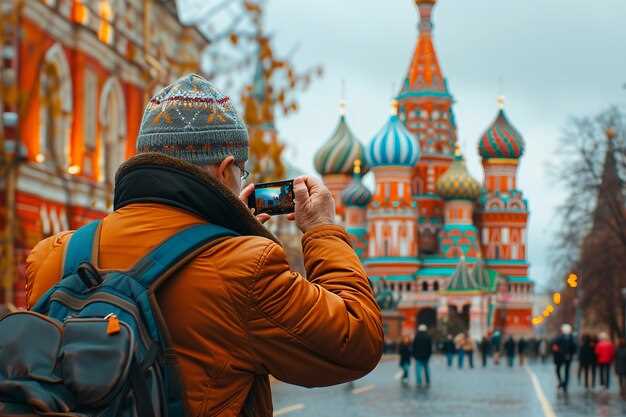
 Red Square Gaming Keyboards – Best Models, Features & Buyer’s Guide">
Red Square Gaming Keyboards – Best Models, Features & Buyer’s Guide">
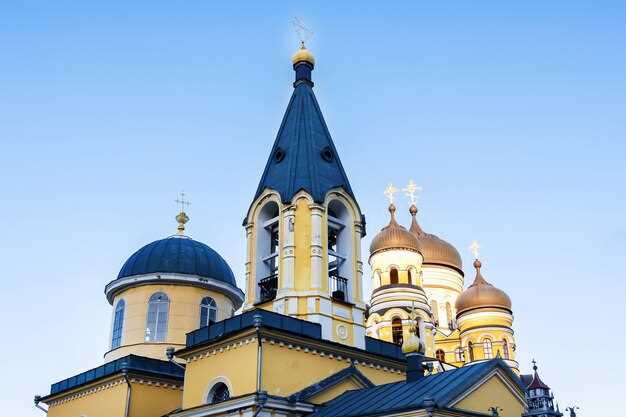 St Basil’s Cathedral Moscow – Tickets, Visiting Hours and Schedules">
St Basil’s Cathedral Moscow – Tickets, Visiting Hours and Schedules">
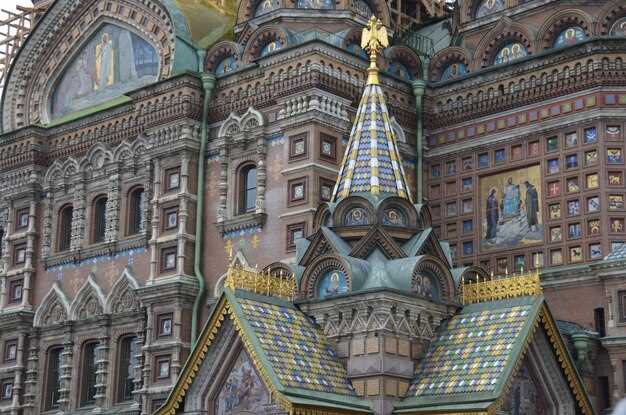 Things to Do and See in Moscow, Russia | Top Attractions & Travel Guide">
Things to Do and See in Moscow, Russia | Top Attractions & Travel Guide">
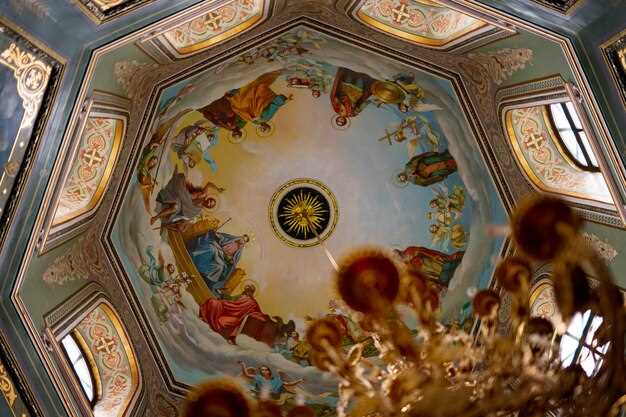 Moscow Museums – The Ultimate Guide to Moscow’s Top Art and History Museums">
Moscow Museums – The Ultimate Guide to Moscow’s Top Art and History Museums">
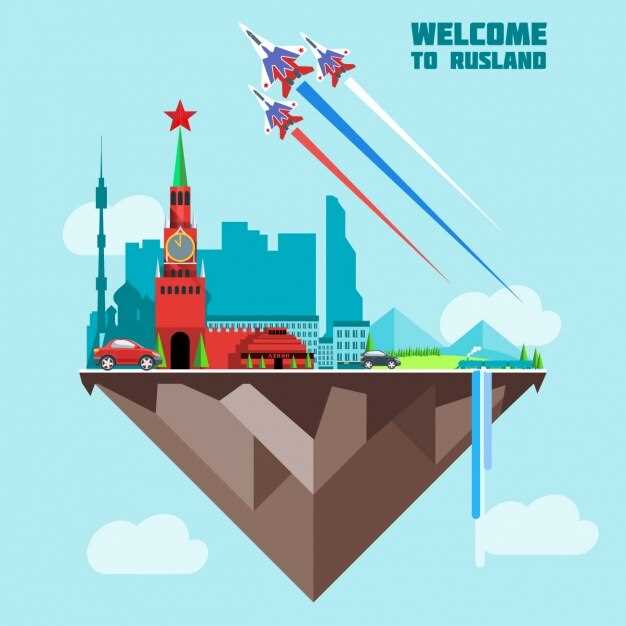 Exhibiting the Great Patriotic War in Moscow, Kyiv, and Minsk">
Exhibiting the Great Patriotic War in Moscow, Kyiv, and Minsk">
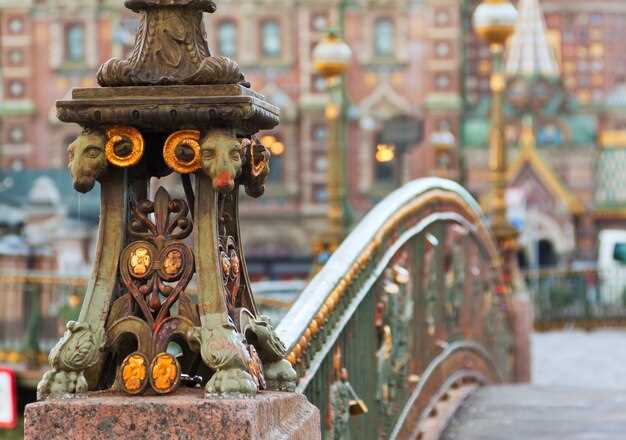 Places to Visit in Moscow – Top Attractions and Landmarks">
Places to Visit in Moscow – Top Attractions and Landmarks">
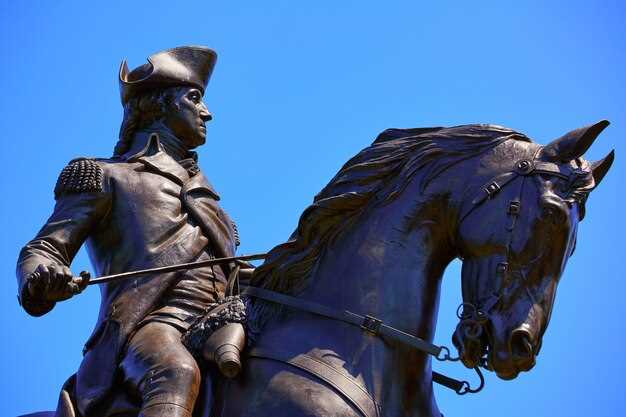 Bronze Horseman – 10 Facts About St Petersburg’s Leading Symbol">
Bronze Horseman – 10 Facts About St Petersburg’s Leading Symbol">
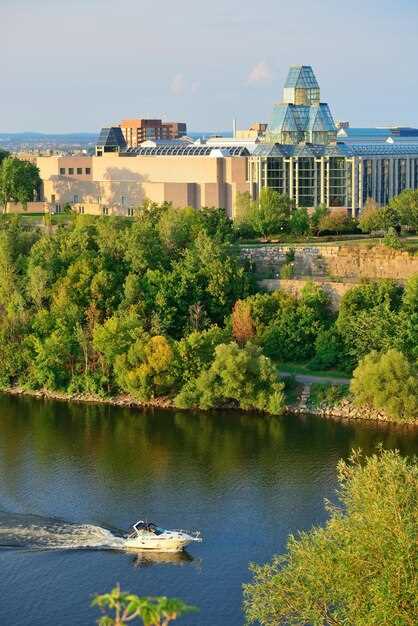 Victory Park – Moscow’s Most Historic Green Space">
Victory Park – Moscow’s Most Historic Green Space">
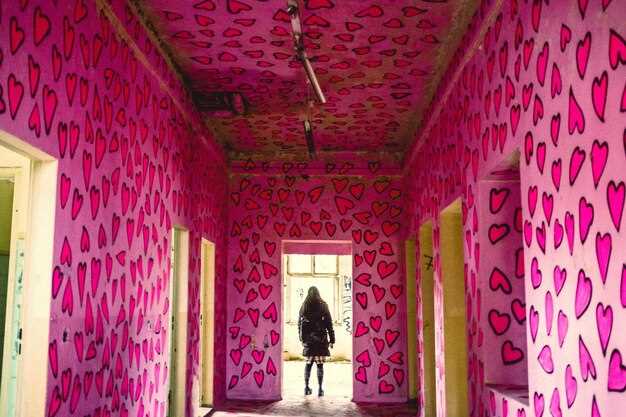 GUM Red-Line Gallery – All Works">
GUM Red-Line Gallery – All Works">
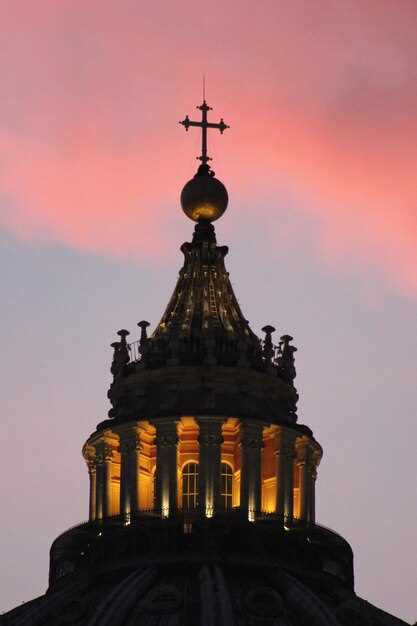 The Cathedral of Christ the Saviour of Moscow – You Will Not Believe Its Story">
The Cathedral of Christ the Saviour of Moscow – You Will Not Believe Its Story">